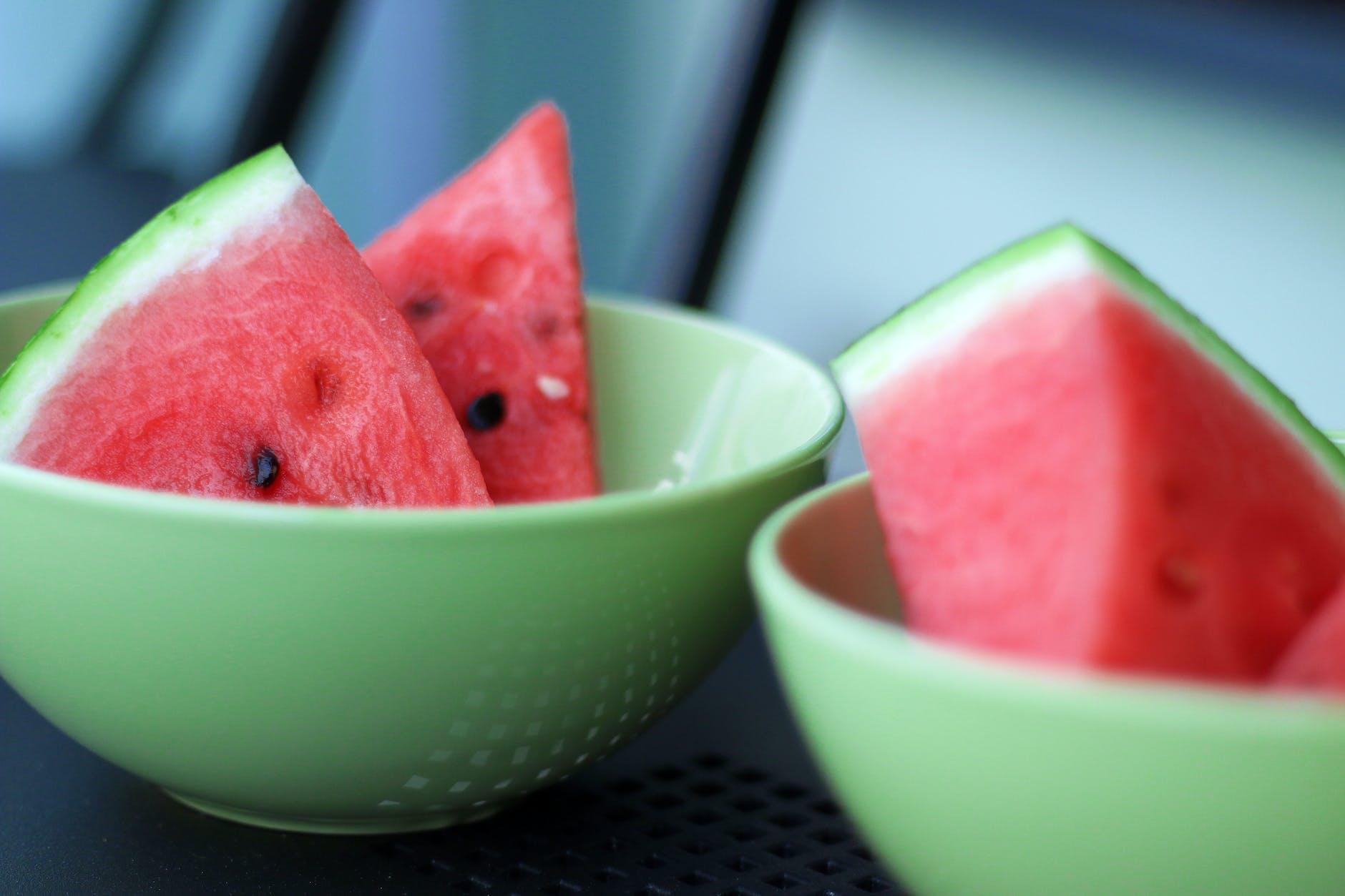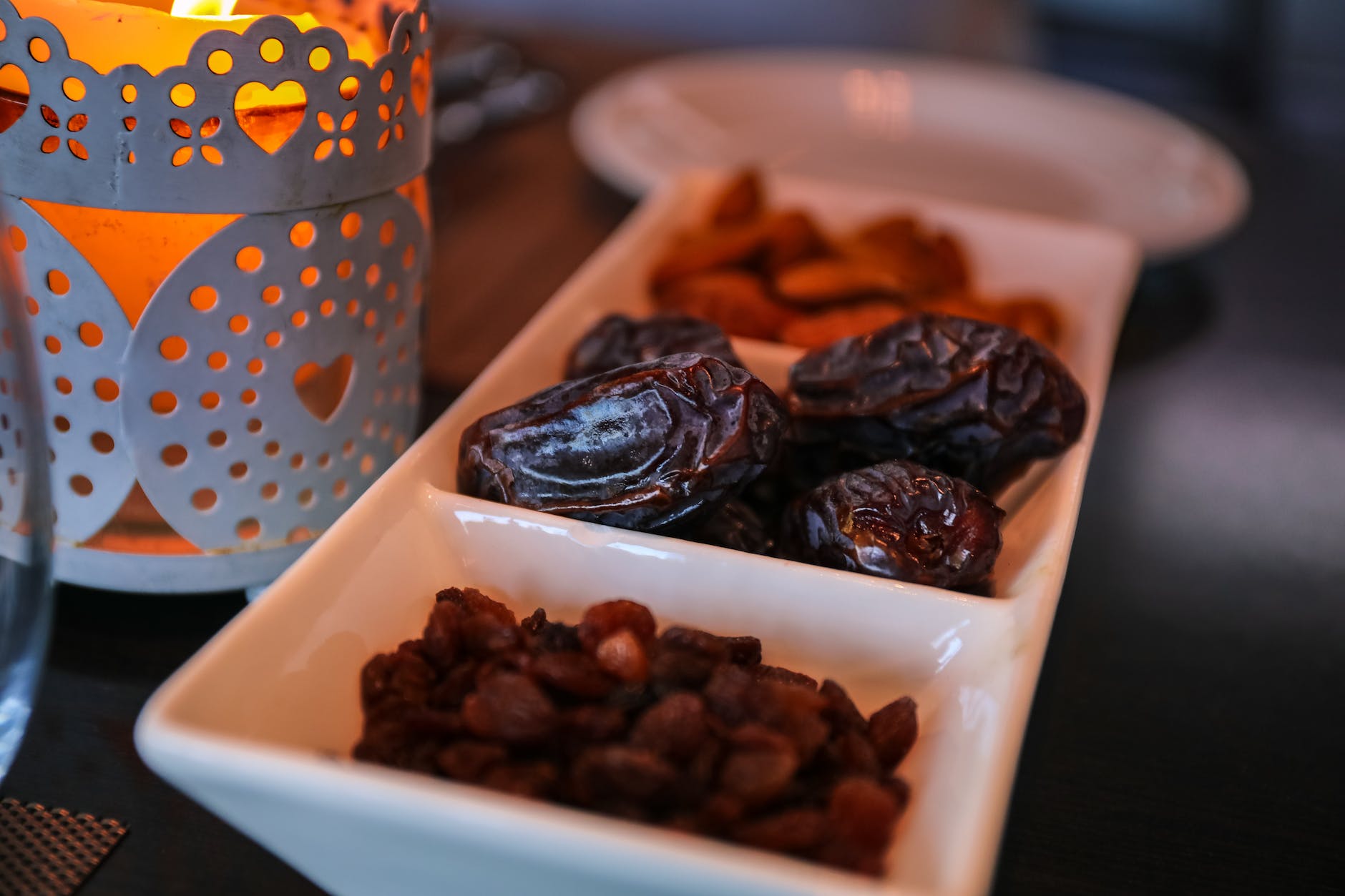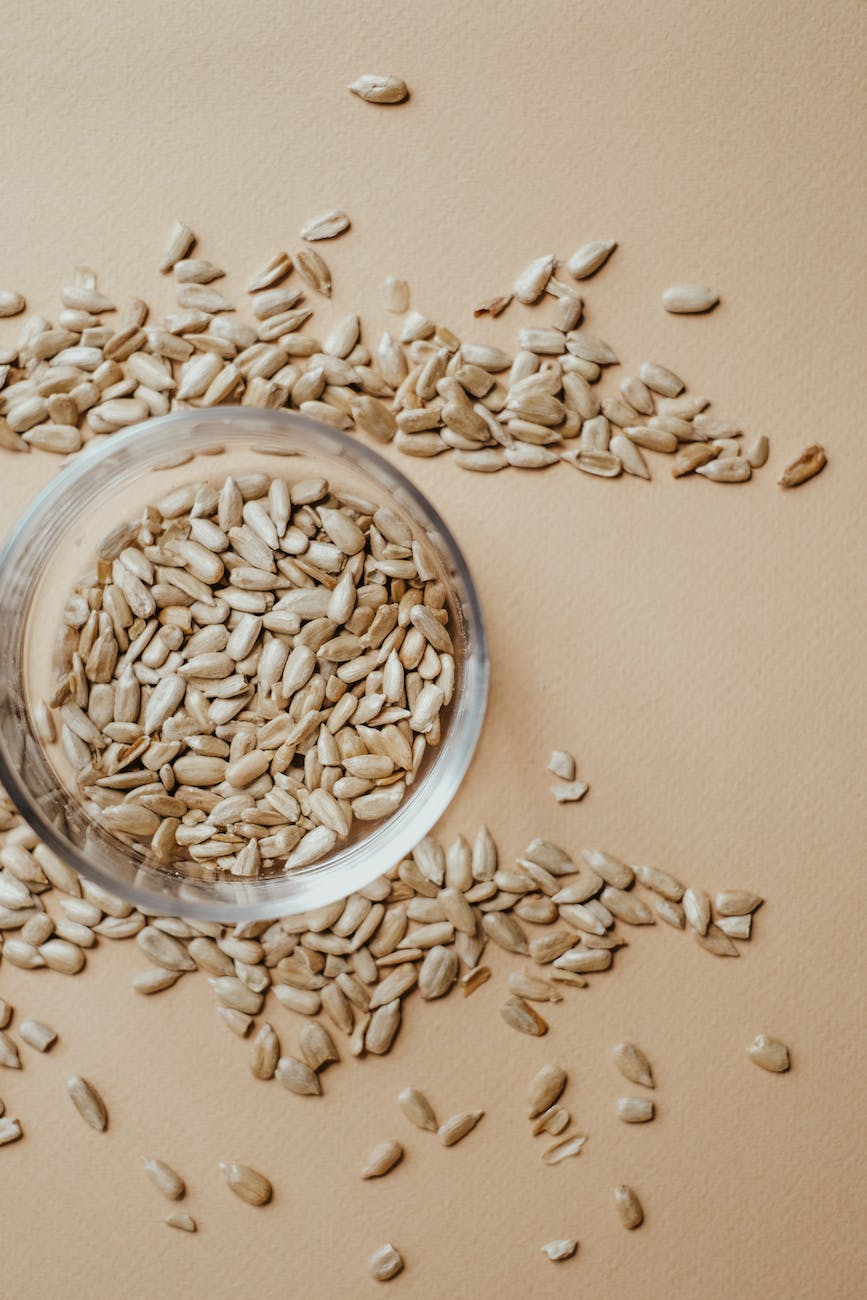
As the sun shines brighter and temperatures rise, the sweet and juicy watermelon becomes a staple of summertime. But aside from being a refreshing treat, watermelon offers a multitude of health benefits when incorporated into your diet. Let’s explore five key health benefits that make watermelon a delicious and nourishing addition to your summer meals:
1️⃣ Hydration Powerhouse for Hot Summer Days 💦🍉: With its high water content (over 90%), watermelon is a natural thirst quencher. Staying properly hydrated is crucial for maintaining bodily functions, regulating body temperature, and promoting healthy digestion. By enjoying watermelon, you can replenish fluids and electrolytes, keeping your body cool, refreshed, and hydrated, especially during scorching summer days or after physical activities.
2️⃣ Fortify Your Immune System 🌟🍉: Watermelon is packed with immune-boosting nutrients, making it an excellent choice for supporting your body’s defense mechanisms. Rich in vitamin C, watermelon provides a powerful antioxidant that strengthens your immune system, protects against harmful free radicals, and enhances the production of collagen for healthy skin. Including watermelon in your diet can help ward off infections and keep your immune system strong and resilient.
3️⃣ Heart-Healthy Nutrients for Cardiovascular Wellness ❤️🍉: When it comes to heart health, watermelon offers a winning combination of nutrients. Lycopene, the red pigment responsible for watermelon’s vibrant color, has been linked to a reduced risk of heart disease. It helps lower blood pressure, decrease cholesterol levels, and reduce inflammation in the arteries. Additionally, watermelon contains potassium, a mineral that supports heart health by maintaining proper blood pressure and promoting healthy heart function.
4️⃣ Support Weight Management Goals 💪🍉: If you’re looking to maintain a healthy weight or shed some extra pounds, watermelon can be an ally in your journey. Here’s why:
- Low Calorie, High Water Content: Watermelon is a low-calorie fruit, making it an ideal choice for satisfying your sweet tooth without derailing your calorie goals. Its high water content contributes to a feeling of fullness, reducing the likelihood of overeating and supporting weight management efforts.
- Fiber-Rich and Digestion-Friendly: Watermelon is a good source of dietary fiber, which aids in digestion and promotes regular bowel movements. By keeping your digestive system healthy and efficient, watermelon can support your weight management goals and overall well-being.
5️⃣ Natural Detoxification and Antioxidant Support 🌿🍉: Watermelon contains natural compounds that support detoxification processes in the body. Its high water content helps flush out toxins, waste, and impurities, promoting healthy kidney function and aiding in overall detoxification. Additionally, watermelon is rich in antioxidants like vitamin C and lycopene, which help neutralize harmful free radicals, protect cells from damage, and reduce oxidative stress. These antioxidant properties contribute to overall health, vitality, and disease prevention.
Embrace the nourishing benefits of watermelon this summer by incorporating it into your meals, snacks, and refreshing beverages. Whether you enjoy it sliced, blended into smoothies, tossed in salads, or creatively incorporated into recipes, watermelon adds a burst of flavor, nutrients, and natural sweetness to your summer dining experiences. So indulge in the juicy goodness of watermelon, nourish your body, and thrive in the sweet embrace of summer. 🍉🌿🌞












